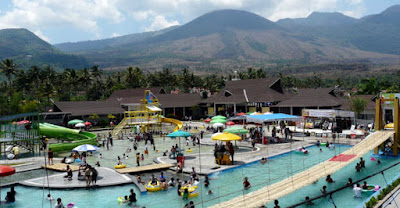A Hidden Gem in Sukabumi, West Java
Tucked away in the cool, lush highlands of Sukabumi, West Java, Situ Gunung is a serene lake surrounded by breathtaking natural beauty. Located within the Mount Gede Pangrango National Park, this tranquil destination offers visitors a peaceful retreat with stunning landscapes, cool mountain air, and a variety of outdoor activities. Situ Gunung is quickly becoming one of the most sought-after destinations for nature lovers and adventure seekers alike.The Charm of Situ Gunung
At the heart of the area lies the picturesque lake Situ Gunung Lake. The name "Situ Gunung" means "Mountain Lake," and true to its name, the lake is situated at the base of towering mountains, surrounded by dense tropical forests. The calm, reflective waters of the lake mirror the lush greenery and create a peaceful atmosphere, perfect for relaxing and enjoying nature.
One of the unique aspects of Situ Gunung is its quiet charm. Unlike some of the more crowded tourist spots in West Java, it still feels like a hidden gem, allowing visitors to experience the beauty of the landscape in relative tranquility. The area is especially popular with families, photographers, and those looking to escape the hustle and bustle of city life.





